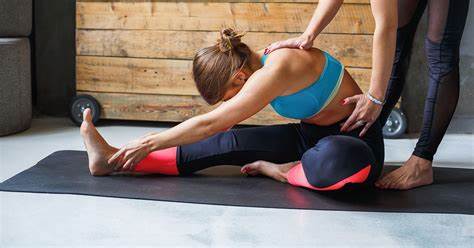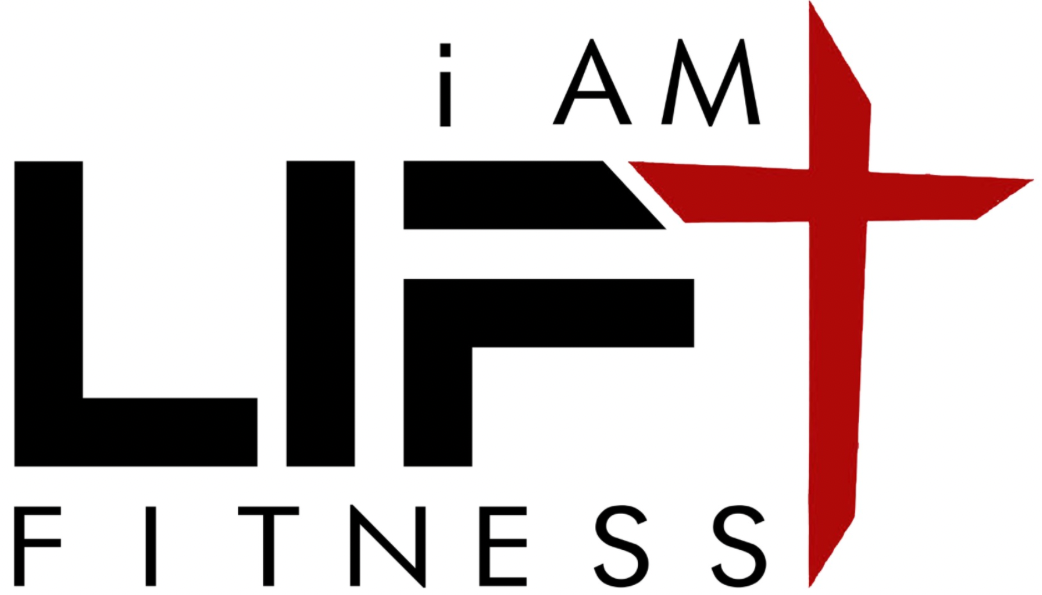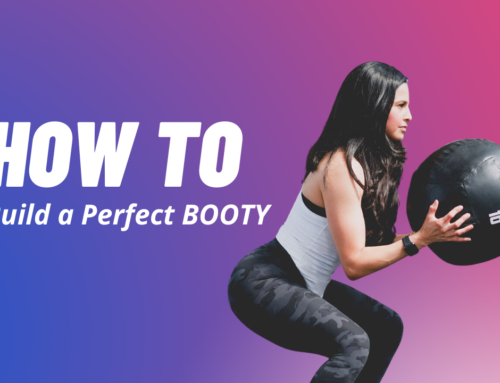Have you ever wondered about the underestimated yet incredible benefits of regular stretching? It’s not just about touching your toes; it’s a journey towards improved flexibility, better posture, reduced stress, and so much more. Let’s get into the world of stretching and discuss how it can be a game-changer for your overall well-being.
You may already know that stretching offers numerous benefits, but let’s break down the reasons why you should make it a vital part of your daily routine. Here are nine crucial benefits of stretching, plus some valuable insights on how to start your very own stretching routine.
1. The Flexibility Factor
Flexibility is the foundation of health and vitality. It’s not just about doing the splits; it’s about being able to move through life with ease. Regular stretching enhances your flexibility, allowing you to tackle everyday activities with grace and ease. Moreover, it can help you defy the effects of aging by maintaining your mobility.
2. Embrace a Wider Range of Motion
Imagine having the freedom to move your joints through their full range. Stretching is the key to unlocking that potential. It grants you a broader range of motion, providing you with the freedom to reach, bend, and explore the world around you.

3. Boost Your Athletic Performance
Dynamic stretches performed before physical activities can be a game-changer. They prepare your muscles for action, enhancing your performance in athletic events or exercises. Stretching is your secret weapon to outperform your previous self.
4. Get the Blood Flowing
Stretching enhances your circulation. The improved blood flow nourishes your muscles, accelerating your recovery time and reducing the infamous muscle soreness, also known as DOMS (delayed onset muscle soreness).
5. The Posture Revolution
Muscle imbalances often result in poor posture. Stretching specific muscle groups in combination with strengthening exercises can alleviate musculoskeletal pain and promote proper alignment. Achieving better posture can transform your confidence and overall well-being.
6. A Cure and Shield for Back Pain
Tight muscles restrict your range of motion, increasing the risk of straining your back muscles. Stretching comes to the rescue by not only healing existing back injuries but also preventing future pain. A consistent stretching routine strengthens your back, reducing the risk of muscle strain.

7. Stress Relief Oasis
In times of stress, your muscles tend to tense up. Stress-induced muscle tension can wreak havoc on your body. Stretching offers a sanctuary for stress relief, allowing your muscles to relax, and your mind to unwind.
8. A Tranquil Mind
Stretching isn’t just a physical experience; it’s a mental journey too. It calms your mind, helping you find balance and tranquility. While you stretch, you can integrate mindfulness and meditation exercises to give your mind the mental break it deserves.
9. Headache Reprieve
Tension and stress headaches can be debilitating. In addition to a healthy diet, adequate hydration, and rest, stretching can play a pivotal role in reducing headache-induced tension. It’s one more weapon in your arsenal for a pain-free life.
Start Stretching Today
Now that you’re convinced of the multitude of benefits that stretching can offer, let’s explore how to kickstart your very own stretching routine. If you’re new to stretching, take it slow. Your body needs time to adapt to the stretches you’ll be performing. Mastering proper form and technique is crucial to avoid injuries.
You can incorporate stretching into your daily routine at any time of the day. On days when you’re exercising:
- Begin with 5 to 10 minutes of dynamic stretching to prepare your muscles for your activity.
- After your workout, dedicate another 5 to 10 minutes to static or PNF (proprioceptive neuromuscular facilitation) stretching to enhance flexibility and alleviate muscle tightness.

Even on rest days, set aside 5 to 10 minutes for stretching. This habit can help improve flexibility, reduce muscle tightness, and relieve discomfort.
When you stretch, focus on key areas of your body that aid mobility, including your calves, hamstrings, hip flexors, and quadriceps. For upper-body relief, incorporate stretches for your shoulders, neck, and lower back. Hold each stretch for about 30 seconds and avoid any bouncing movements.
Stretching can be done after each workout, athletic event, or daily when your muscles are warmed up. To get you started, try a 5-minute daily stretching routine.
Stretching Safety First
While stretching has immense benefits, it’s important to ensure you’re performing it safely. Here are some key safety tips:
- If you have an acute or existing injury, only perform stretches recommended by your doctor.
- For chronic or nagging injuries, consult a sports medicine specialist or physical therapist to create a suitable stretching protocol.
- If you have physical limitations preventing you from executing a stretching exercise correctly, consult your doctor for alternative exercises to enhance flexibility.
Here are some standard safety tips for stretching:
- Avoid bouncing during stretches unless recommended by a medical professional.
- Never stretch to the point of pain; you should only feel tension, not discomfort.
- Don’t overdo it. Over-stretching can lead to damage, so avoid stretching the same muscle groups multiple times a day.
- Warm up before stretching, especially if your muscles are cold. A brief 5 to 10 minutes of light cardio, like walking or jogging, can make your stretching routine more effective.
Stretching isn’t just a physical routine; it’s a journey toward a healthier and more flexible you. It’s an investment in your long-term well-being, a ticket to improved performance, and a path to a stress-free and pain-free life. Don’t underestimate the power of stretching; embrace it and unlock a world of possibilities for your body and mind.




